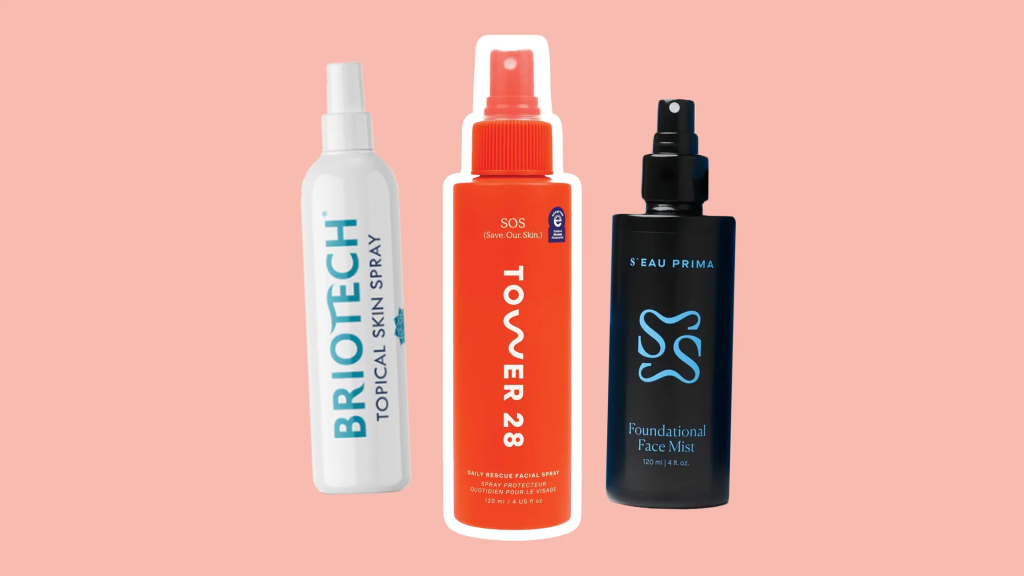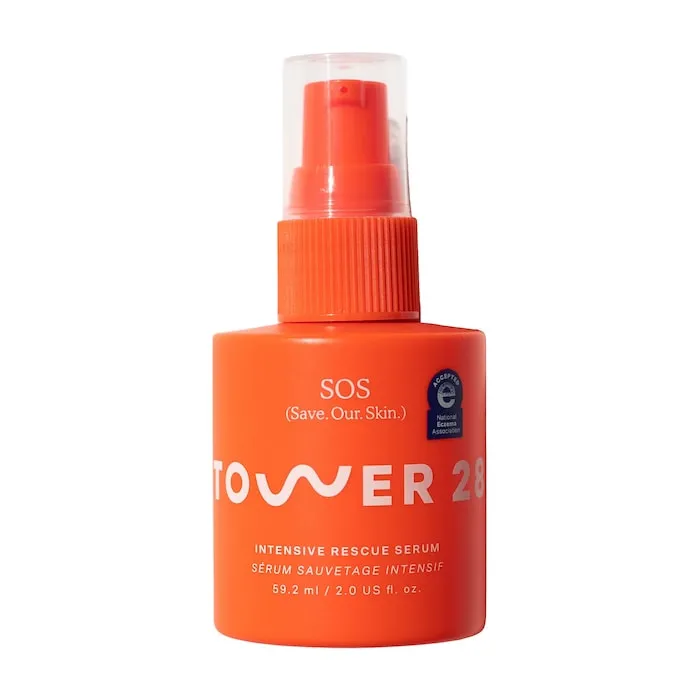It’s in bleach, but that doesn’t mean you should spray Clorox on your face.

Hypochlorous acid is a weak acid (the chemical term for a low pH acid – think citric acid) that has strong antibacterial properties. According to double board-certified plastic surgeon (and multiple scientist) Jaimie DeRosa, MD, it’s 100 times stronger than bleach. You may know this from the mandatory cleaning of every surface with Clorox wipes during the global shutdown. HOCl (when we talk about chemical symbols) is commonly used in surface cleaners, pool cleaners, and facial cleansers. One of them is different than the others, but you read that right: You’ll also find this disinfectant in skin care products.
Spray Clorox on your face before you leave…don’t do it. Cosmetic chemist Ginger King says there’s a big difference between the hypochlorous acid in surface cleansers and the acid in facial sprays. “It needs to be diluted to 100 ppm to be safe for use on skin,” she says. “Skin care brands have diluted the concentration and conducted safety testing to ensure consumer safety.”
When properly diluted, hypochlorous acid is harmful to harmful bacteria but gentle on skin – even those with sensitive skin. Skin experts actually recommend using hypochlorous acid products to combat common bacterial skin problems like acne, eczema, and psoriasis. It basically disinfects your face, reduces inflammation and speeds up your skin’s natural healing process.
You don’t have to gradually incorporate hypochlorous acid into your skin care routine or worry about side effects – you’re already using it every day. This is because hypochlorous acid is naturally produced by your skin and is produced by white blood cells to fight infection and bacteria. If you have a cut or scrape on your skin, hypochlorous acid can protect against harmful bacteria.
Eventually, chemists figured out how to mass-produce hypochlorous acid by bottling it with a simple mixture of salt, water, and vinegar (and giving us great products like Tower 28’s SOS Powerful Rescue Serum).
Hypochlorous acid is now found in facial cleansers, serums, creams and sprays. “If a product contains hypochlorous acid, it’s likely to be clearly labeled,” says Jessica Houston, senior esthetician at Beautybeez. “But if you’re not sure, you can check the ingredients list.” Just look for hypochlorous acid.
We spoke to some skin experts to learn more about hypochlorous acid and how to use it. Here you will find everything you need to know.
